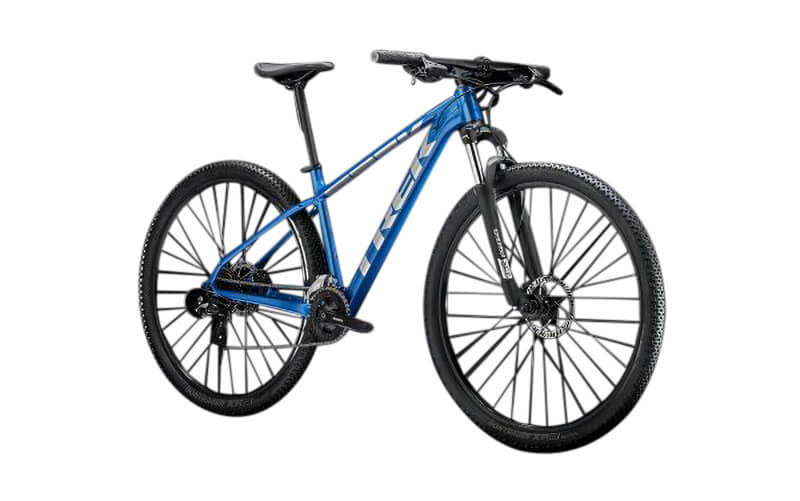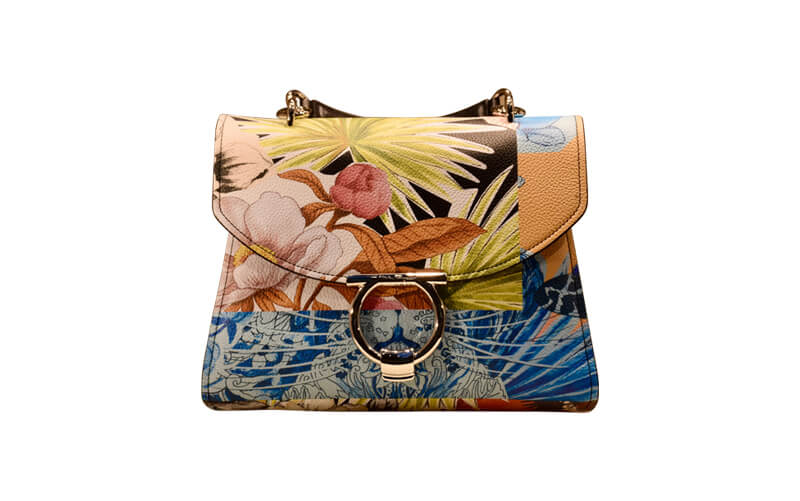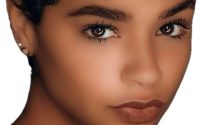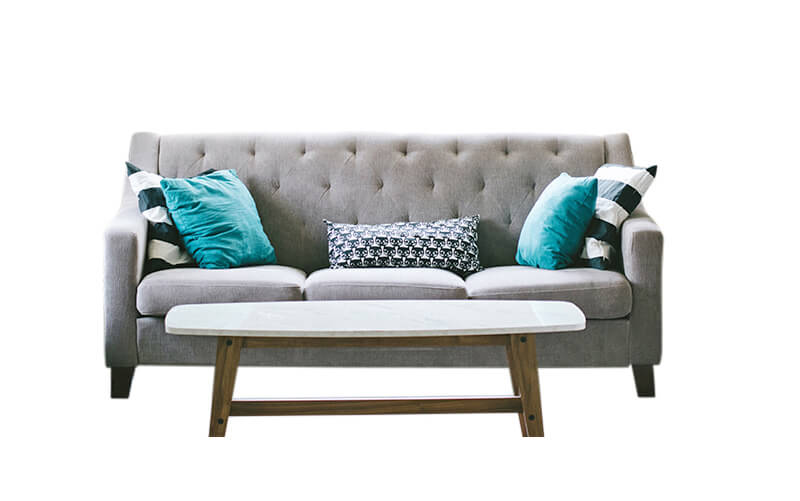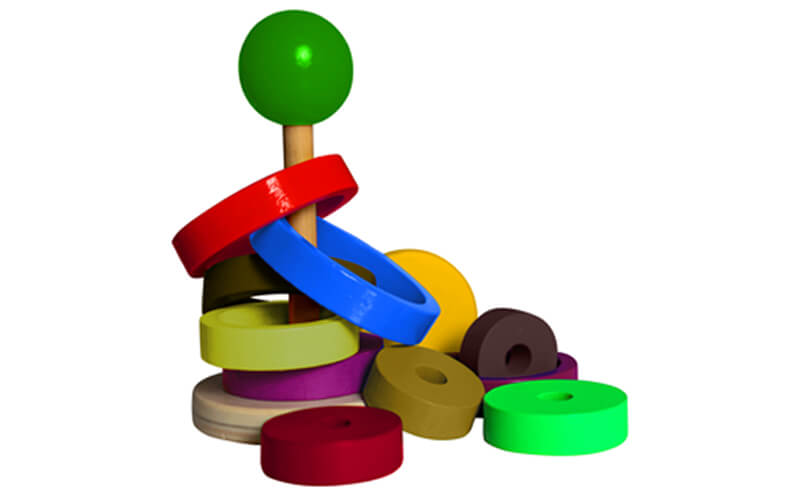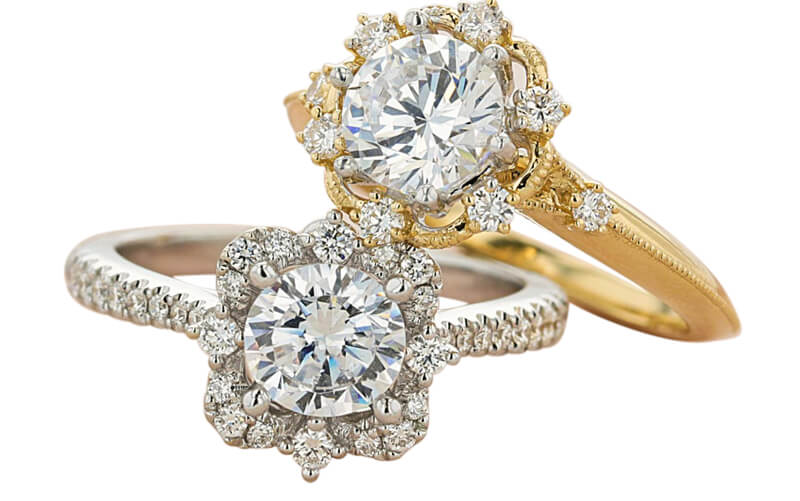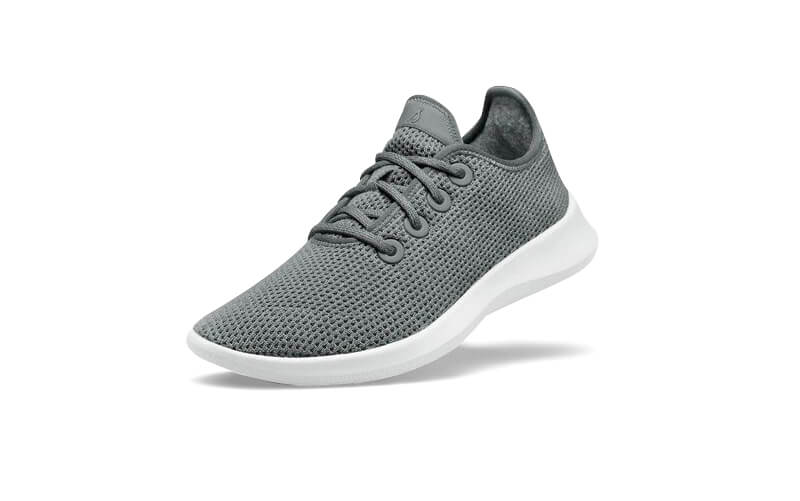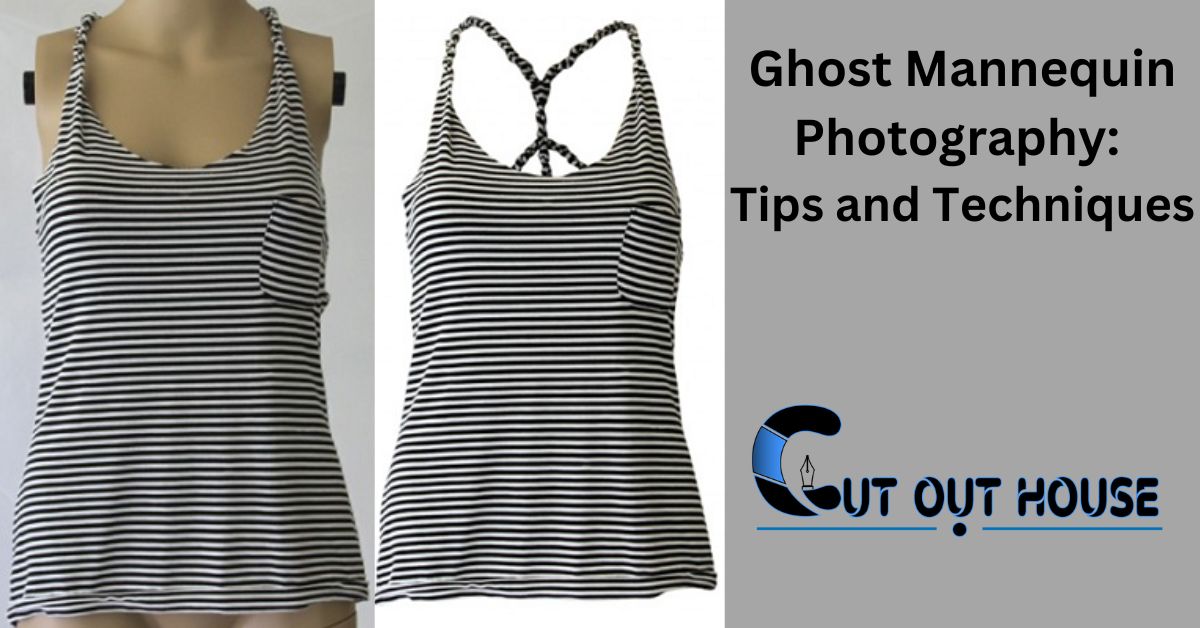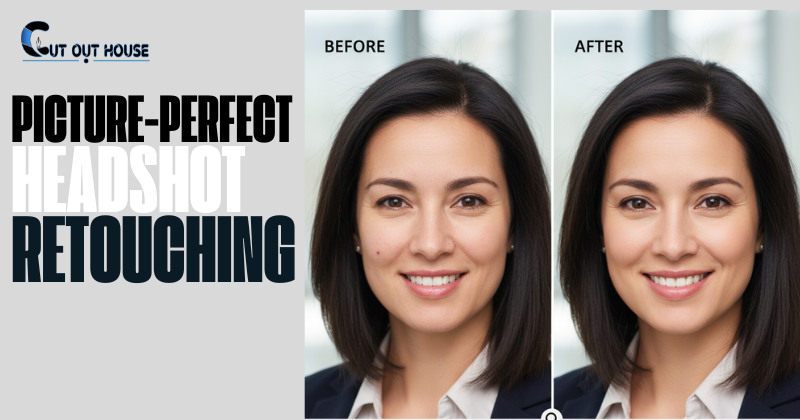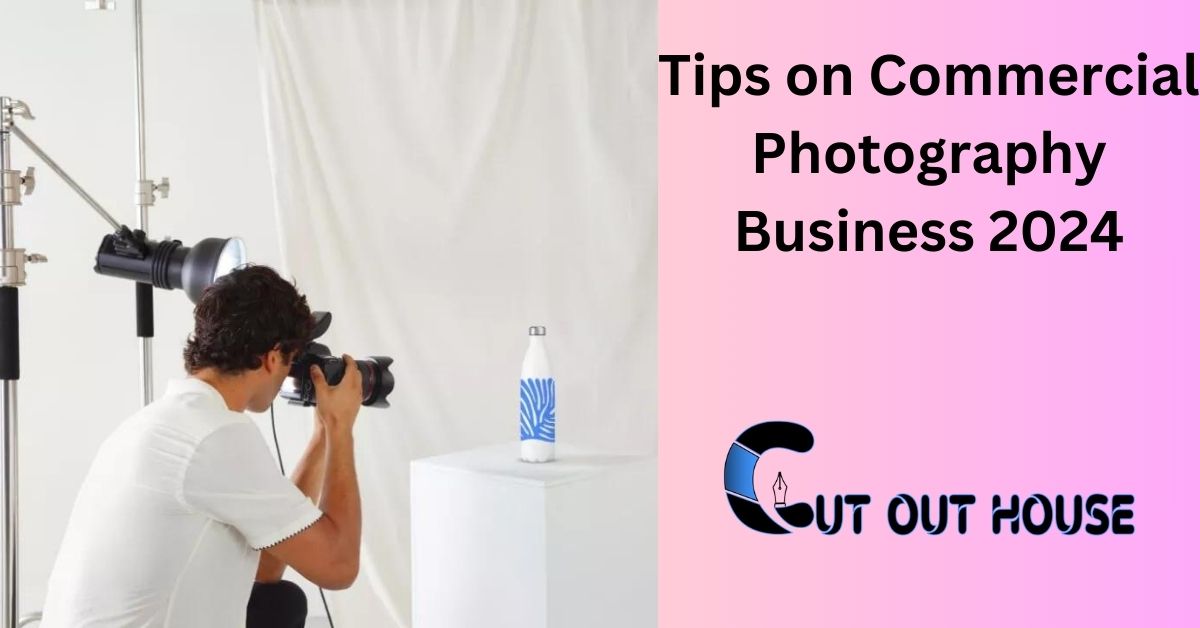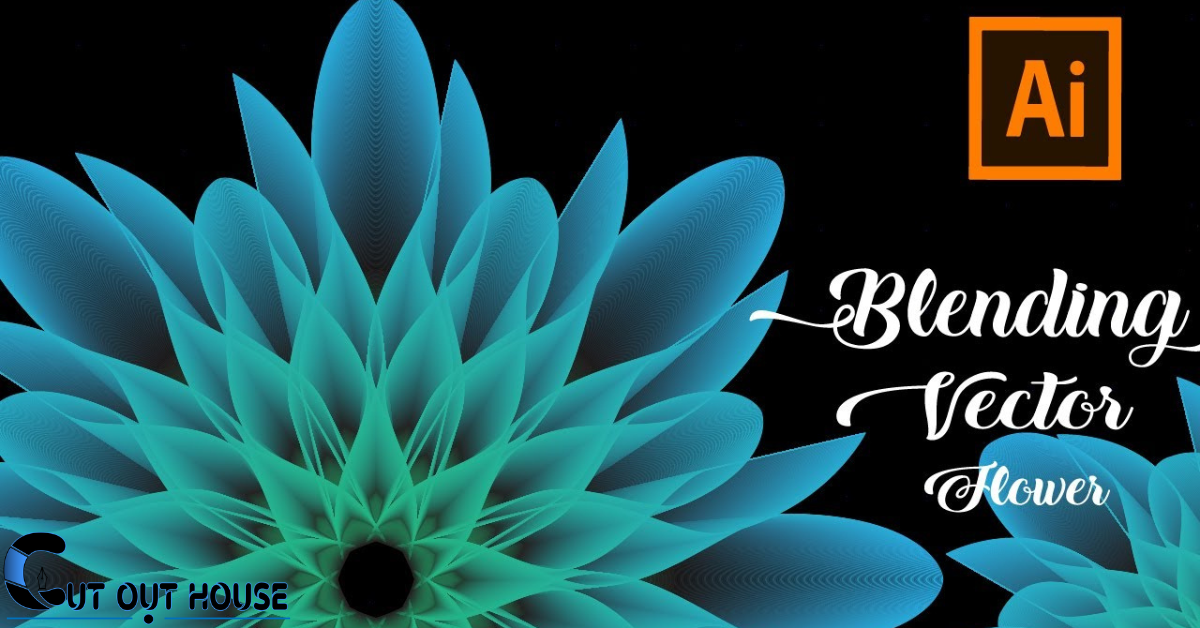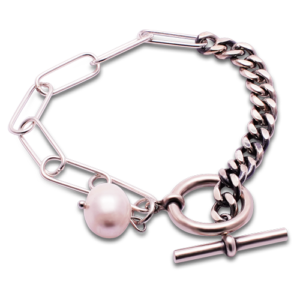Ghost mannequin photography called imperceptible or invisible mannequin photography, is a method broadly used in the style business to exhibit clothing in a dynamic and convincing manner. By removing the mannequin photography and making a “mannequin” impact, this strategy permits pieces of clothing to show up. As though they’re worn by an imperceptible model. To accomplish proficient outcomes in phantom life-sized model photography, you’ll require the right gear, methods, and post-handling abilities. In this article, we will investigate the tips and deceives to dominate this special style of photography.
Choosing the Right Equipment
- Camera: Put resources into a top-notch DSLR or mirrorless camera to catch sharp and detailed images. Guarantee your camera has manual controls for openness, concentration, and white equilibrium changes.
- Lenses: An excellent focal point with a wide gap (e.g., 50mm f/1.8) is great for making a shallow profundity of field that will make your dress stick out.
- Tripod: A sturdy tripod is essential for stability, as it prevents camera shake and ensures consistency in your shots.
Lighting Setup
- Even Lighting: Use soft, diffused lighting to avoid harsh shadows and highlight the clothing’s details. A common setup includes two softboxes or strobes placed at a 45-degree angle to the mannequin.
- Backlighting: Adding a backlight behind the mannequin can create a pleasing separation effect and add depth to your images.
- White Background: Place the mannequin in front of a white backdrop to make post-processing easier and create a seamless look.
Styling the Clothing
- Properly fit the clothing on the mannequin to ensure it looks natural and flattering. Use clips or pins to adjust the fit if necessary.
- Steam or iron the clothing to remove wrinkles and creases, ensuring a polished appearance.
Mannequin Removal Technique
- Capture two sets of images: one with the mannequin and one without. Keep the camera and lighting settings consistent for both sets.
- Use a ghost mannequin or clothing form designed for this purpose. These are typically color-neutral and easy to remove in post-processing.
- When photographing the garment with the mannequin, make sure to cover any parts that will be visible in the final image with the “invisible” portions of the clothing.
Post-Processing
- Image Stacking: Merge the two sets of images using software like Adobe Photoshop. Align the images and use layer masking to reveal the “invisible” parts of the garment.
- Correct Color and Exposure: Adjust the white balance and exposure to ensure the garment looks accurate. Use the Levels and Curves adjustments for fine-tuning.
- Remove Shadows: Carefully remove any remaining shadows or imperfections using the clone stamp or healing brush tool.
- Retouching: Make necessary retouches to the garment, such as removing stains or imperfections. Pay close attention to details, like zippers and buttons.
Consistency
- Maintain a consistent shooting environment, lighting setup, and camera settings to ensure uniformity in your ghost mannequin images. This will create a professional and cohesive look across your product catalog.
Creative Composition
- Experiment with different angles and compositions to make your clothing stand out. Capture close-ups of unique details and textures.
- Include a variety of shots, such as front, back, and side views, to give customers a comprehensive look at the garment.
Conclusion
Ghost mannequin photography is an essential tool for fashion brands and e-commerce businesses looking to showcase their clothing products effectively. By following the equipment, lighting, styling, and post-processing tips outlined in this article, you can master the art of ghost mannequin photography and create compelling, professional-quality images that engage customers and drive sales. Remember that practice and attention to detail are key to achieving the best results in this unique photography style.

